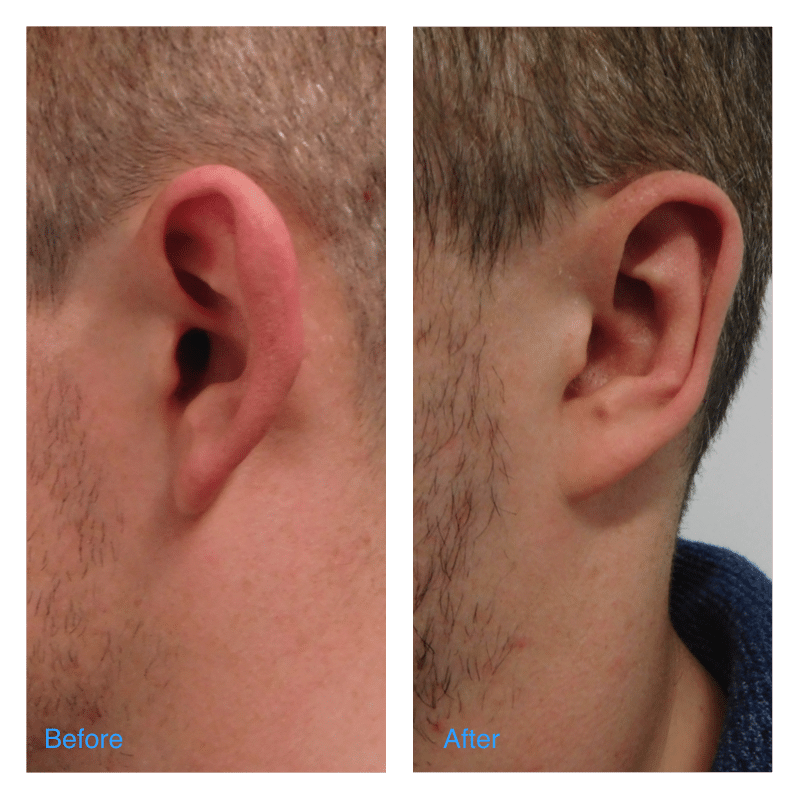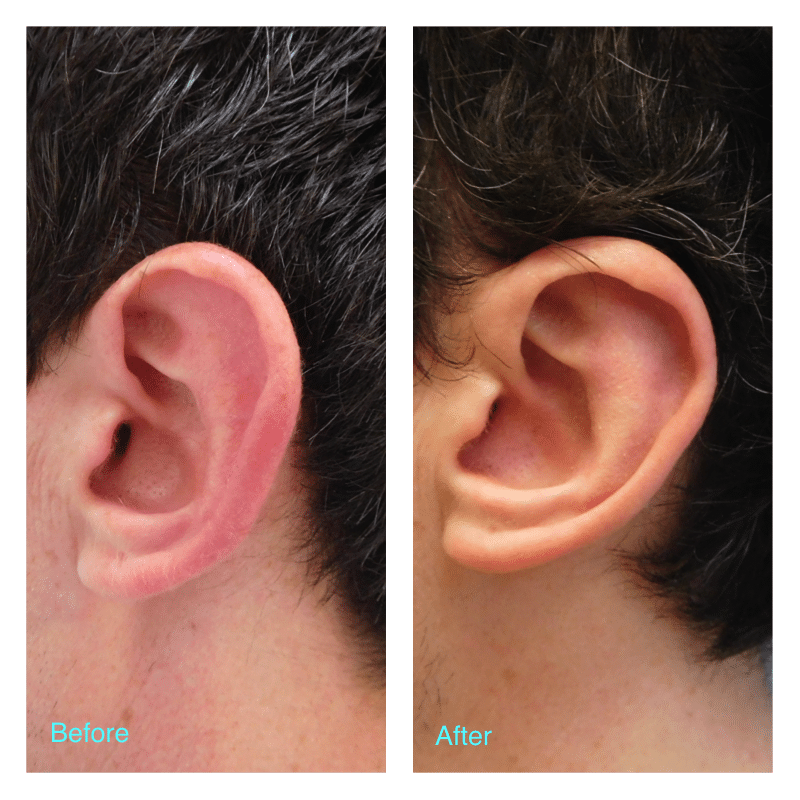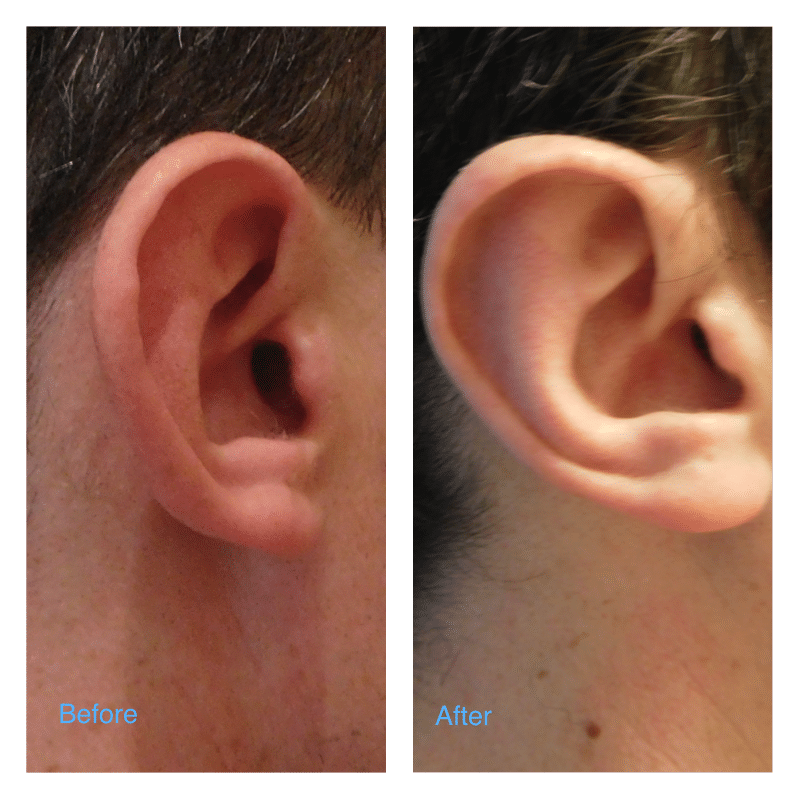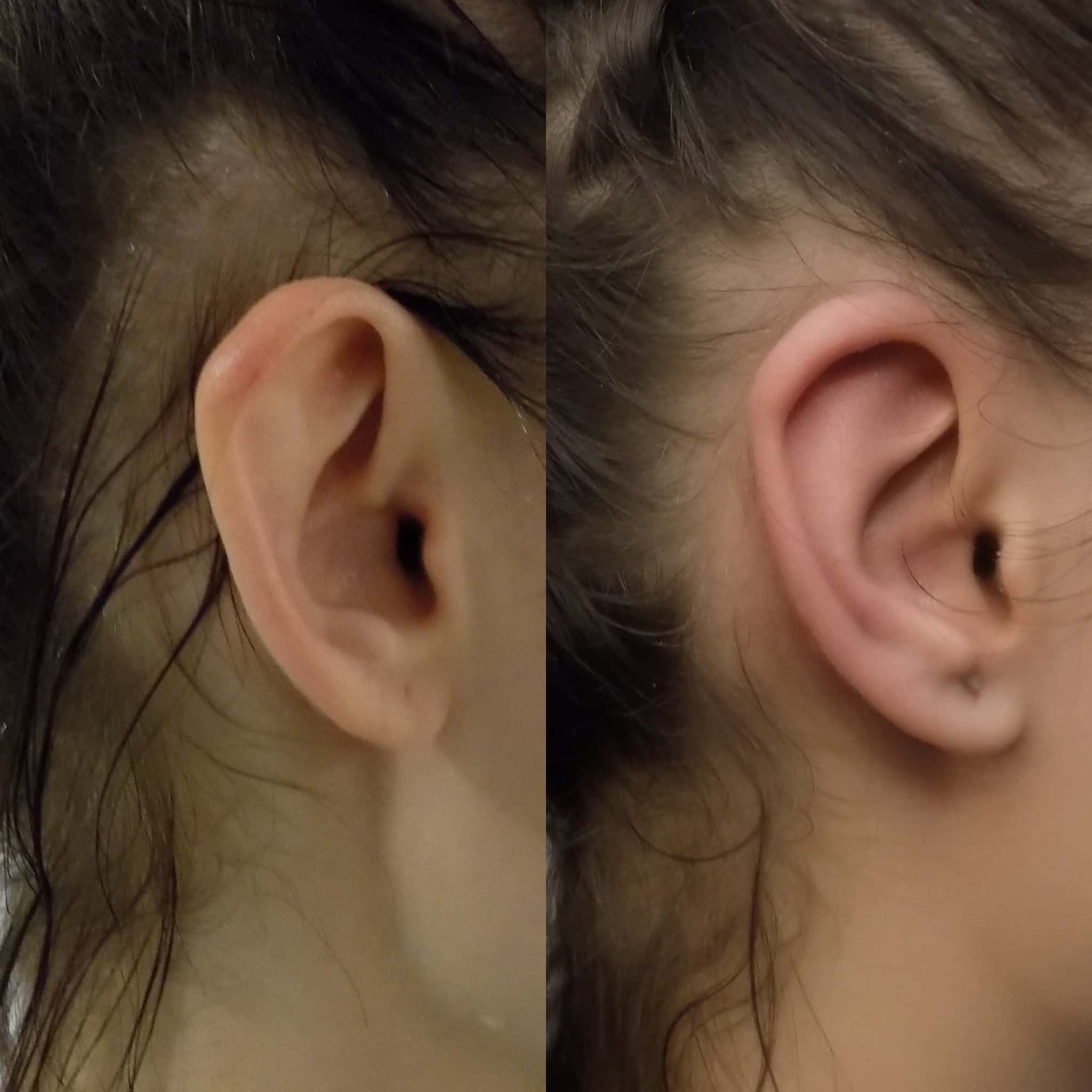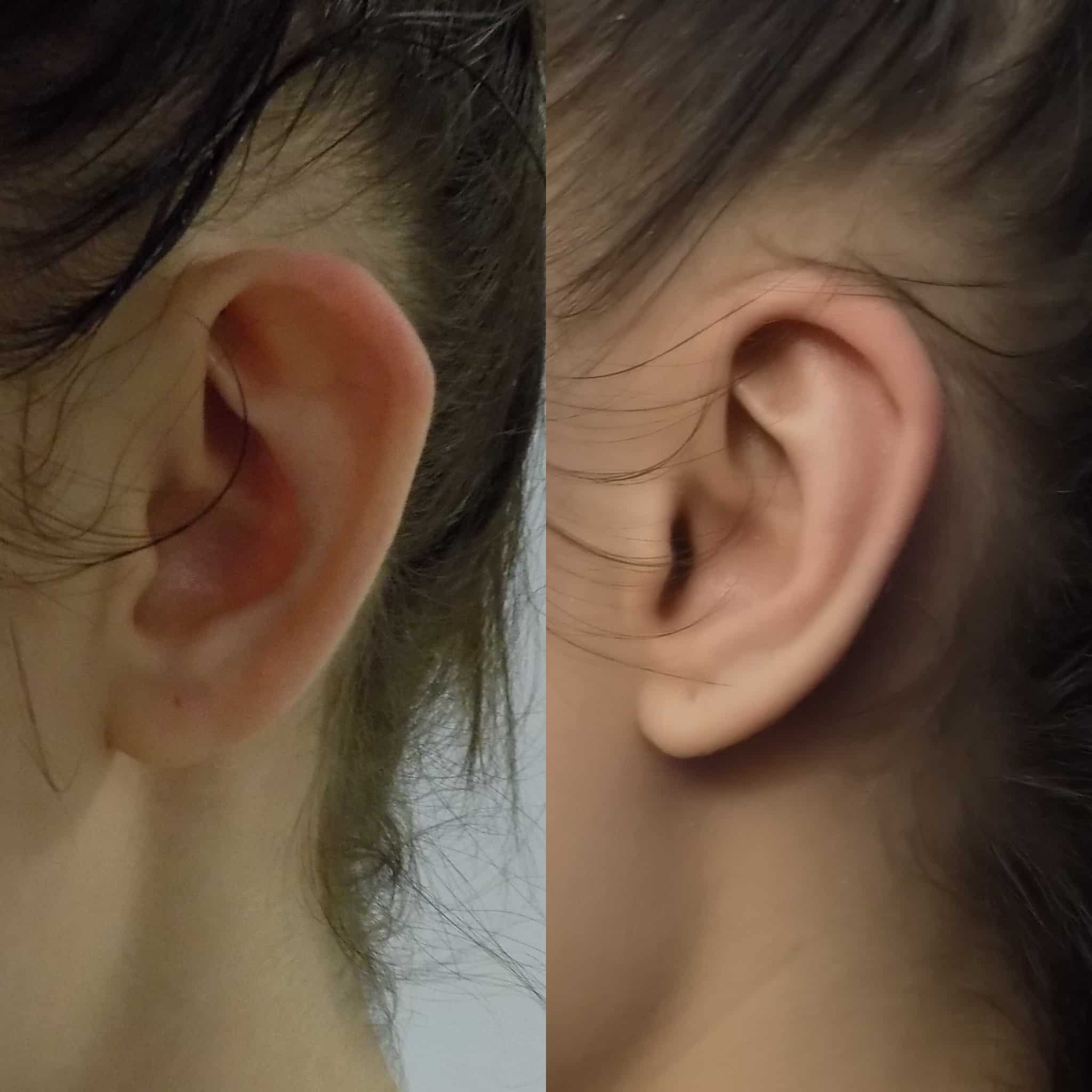
Face Procedures
Otoplasty (Ear Pinning)
10 Harley Street
London W1G 9PF
Otoplasty (Ear Pinning)
Pinnaplasty or Otoplasty is an operation which adjusts the shape of the cartilage within the ear to create the missing folds and to allow the ear to lie closer to the side of the head. Because the operation is carried out from behind the ears, a small scar is left close to the groove between the ear and the side of the head.
The procedure can be carried out under local anaesthetic, but in young children a general anaesthetic is usually required.
Bandages and stitches will be removed 10 days after surgery. Once the dressings have been discarded it is advisable to wear a protective head-band or a soft bandage when sleeping to avoid the ears being bent forward against the pillow.
The ears are often sore and tender for several weeks and painkiller medication may be required.
Otoplasty can be performed in patients of any age above 6 years old, as before then the cartilage is very soft and does not sufficiently hold the internal stitches.
Although parents may feel that their child’s ears should be corrected to avoid teasing and stigmatization in school, it is best to wait until the child recognizes the problem and wants the ears corrected.
When an ear is noted to be prominent within the first few weeks of life, it is possible to reshape it by applying a small splint to the rim. This technique has been invented by my mentor, Mr David Gault.
The cartilage of a new-born’s ear is very soft/floppy and can be easily remoulded. After several weeks of splintage, a permanent correction can be achieved. The older the child, the more stiff is the cartilage and the longer the period of splintage must be. By the age of six months the cartilage is too hard to be remoulded and a surgical solution is thus required.
Before / After Results
To book a consultation call 07943 277 215 or email clinic@lindafiumara.com
Face Procedures
Otoplasty (Ear Pinning)
Otoplasty (Ear Pinning)
Pinnaplasty or Otoplasty is an operation which adjusts the shape of the cartilage within the ear to create the missing folds and to allow the ear to lie closer to the side of the head. Because the operation is carried out from behind the ears, a small scar is left close to the groove between the ear and the side of the head.
The procedure can be carried out under local anaesthetic, but in young children a general anaesthetic is usually required.
Bandages and stitches will be removed 10 days after surgery. Once the dressings have been discarded it is advisable to wear a protective head-band or a soft bandage when sleeping to avoid the ears being bent forward against the pillow.
The ears are often sore and tender for several weeks and painkiller medication may be required.
Otoplasty can be performed in patients of any age above 6 years old, as before then the cartilage is very soft and does not sufficiently hold the internal stitches.
Although parents may feel that their child’s ears should be corrected to avoid teasing and stigmatization in school, it is best to wait until the child recognizes the problem and wants the ears corrected.
When an ear is noted to be prominent within the first few weeks of life, it is possible to reshape it by applying a small splint to the rim. This technique has been invented by my mentor, Mr David Gault.
The cartilage of a new-born’s ear is very soft/floppy and can be easily remoulded. After several weeks of splintage, a permanent correction can be achieved. The older the child, the more stiff is the cartilage and the longer the period of splintage must be. By the age of six months the cartilage is too hard to be remoulded and a surgical solution is thus required.
Before / After Results
As featured in The Evening Standard and The Telegraph –





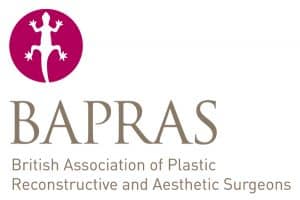




Copyright © 2023 Dr Linda Fiumara MD
Designed by Createch
